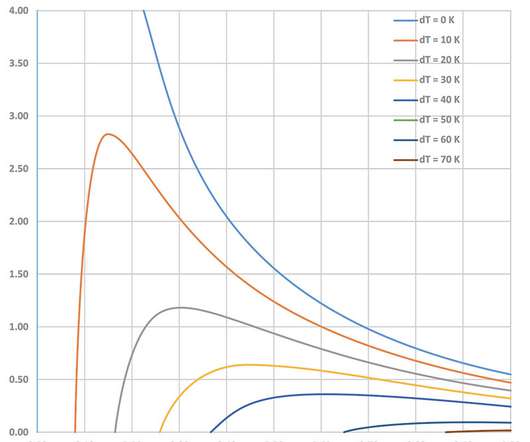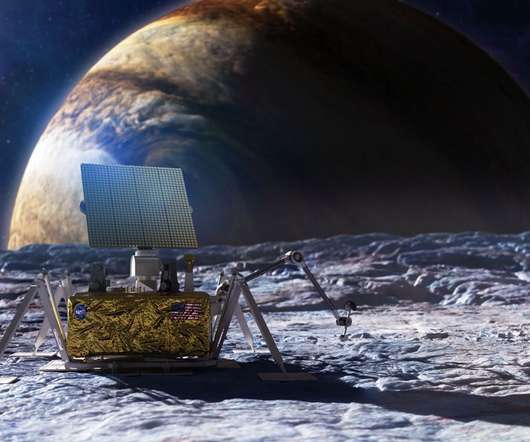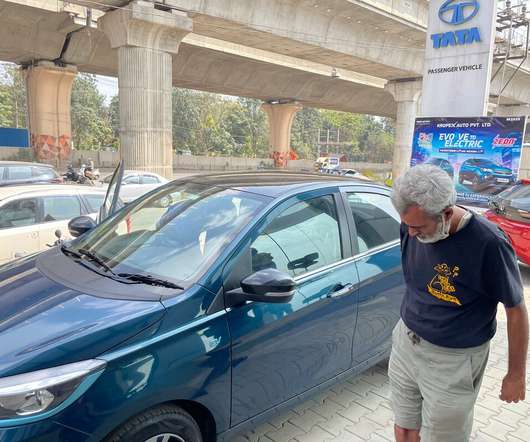New TOTAL hydrogen filling station in Karlsruhe produces H2 onsite with steam electrolysis and solar energy
Green Car Congress
SEPTEMBER 7, 2017
This H 2 filling station—the eleventh in the TOTAL network and the tenth in the German federal state of Baden-Württemberg—is differentiated by producing hydrogen on-site through steam electrolysis, using electricity generated by a solar array. It can also be reversed into fuel cell mode with an output power of 30 kW el.


























Let's personalize your content